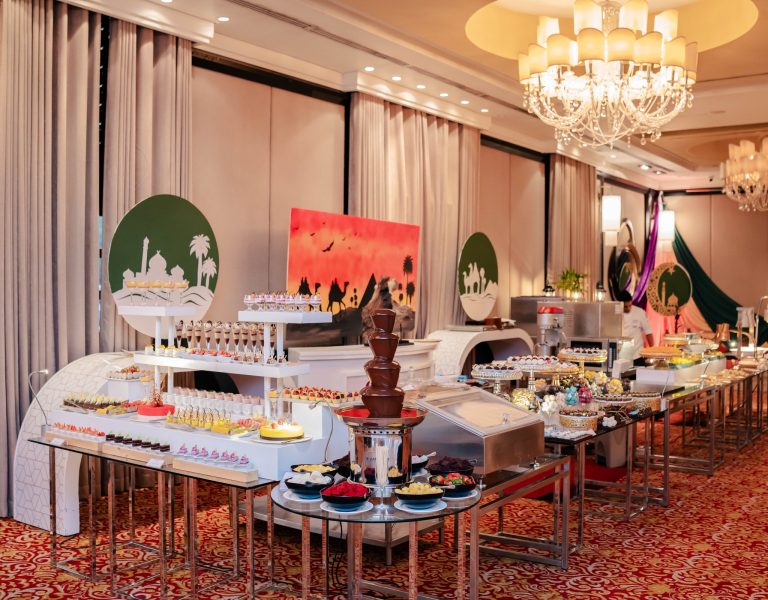If you’re venturing towards the northern tip of the island, here’s a bite-sized guide to Mannar.
Mannar is best known for Adam’s Bridge, the 30km landmass that separates the Gulf of Mannar from the Palk Straight. The bridge, which was allegedly passable until the 15th century, is an impressive site. Mostly fishermen populate the beaches around Mannar and Adam’s Bridge; they offer great swimming for conservatively dressed bathers. If you ask around you might even be able to get your hands on toddy, locally brewed palm wine.
The sleepy town of Mannar has more to offer than the land bridge. The Baobab Tree is a major draw for local tourists. Supposedly planted by Arab traders in 1477, the 19 meter wide tree is quite a site. Mannar’s fort is a beautiful site, but it is not open to visitors.
Catholicism runs deep in Mannar, it is estimated that the area is over 90% Catholic. The area is home to a number of impressive churches and cathedrals, in varying stages of decay. The cemeteries that accompany most of the churches are especially fascinating. It may seem macabre, but the cemeteries speak to the history of this town. Tombstones from the seventeenth century lay beside graves that are less than a year old.
The people of Mannar have a better command of the English language than most Sri Lankans. This area, as one of the worst hit during the war, can really open visitor’s eyes to the realities of post conflict areas. Locals may be hesitant to speak about life during LTTE rule, so breach the subject slowly.











